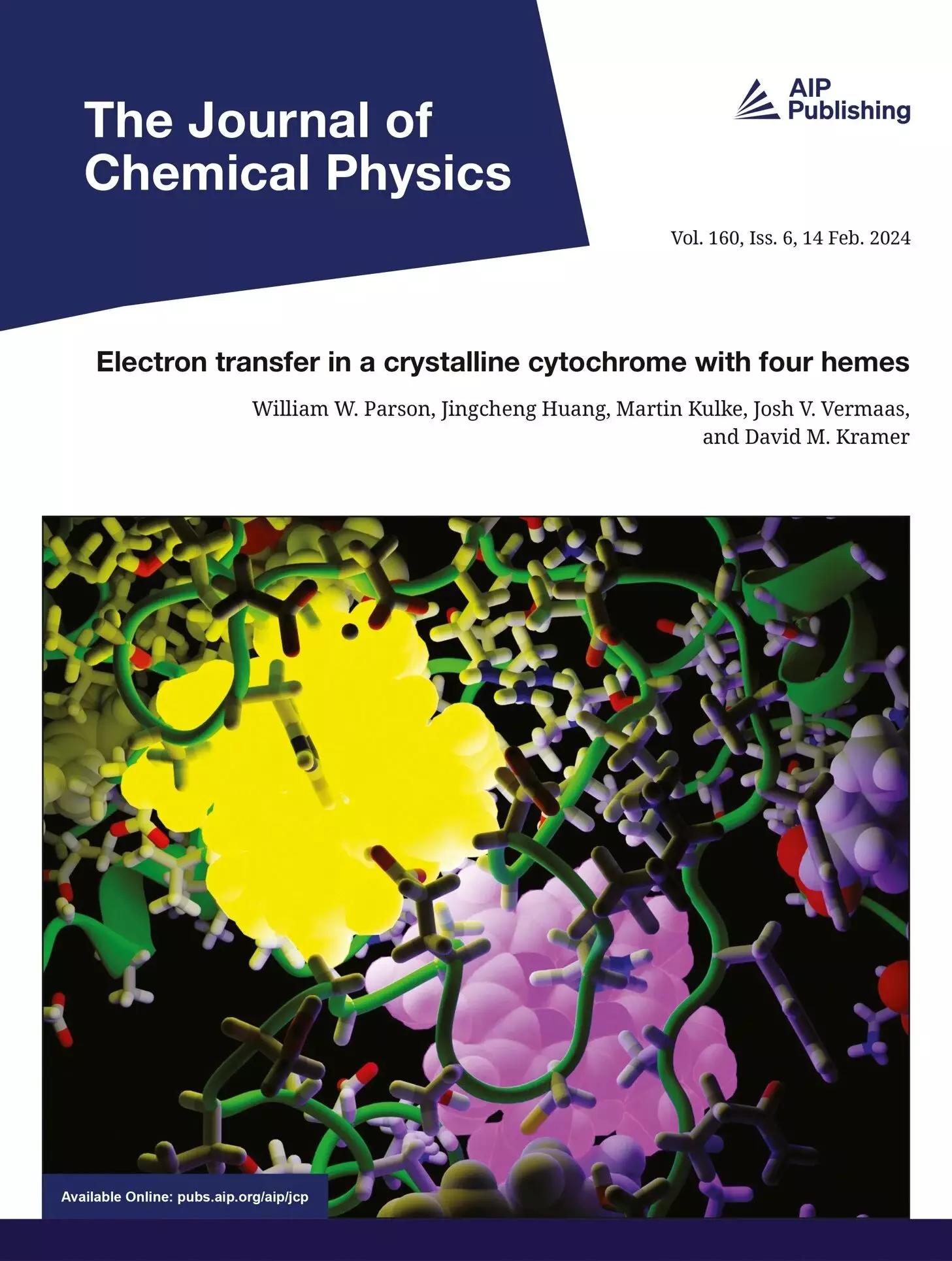In a quest for a more sustainable future for our energy grid, researchers are delving into the world of electron movement within small, natural systems. One interesting area of study is the movement of electrons within protein nanocrystals, which has led to some unexpected discoveries that challenge previous theories on the subject.
Researchers at the Michigan State University-Department of Energy Plant Research Laboratory recently observed electron flow in protein nanocrystals containing heme molecules, which are essential for biological processes like carrying oxygen and electrons. These researchers found that the rate at which electrons jumped from one heme to another was highly dependent on the temperature of the crystal, contrary to previous theoretical predictions.
The temperature effect on electron movement within protein nanocrystals is crucial as it sheds light on how electrons make their jumps. The discovery that the rate of electron transfer is temperature-dependent challenges existing theories, which did not account for this variability. This unexpected finding has sparked further research and discussion in the scientific community.
Using computer simulations known as molecular dynamics, researchers were able to confirm their experimental observations regarding electron movement within protein nanocrystals. The simulations provided a more detailed understanding of how energy transfer, in the form of electron movement, occurs over a short period of time. This close alignment between theory and experiment highlights the complexity of electron transfer processes.
Collaborations between researchers at the Michigan State University and the University of Washington School of Medicine have played a crucial role in advancing the understanding of electron movement within protein nanocrystals. By building on previous work and incorporating insights from Nobel prize-winning theories, researchers have made significant progress in unraveling the mysteries of electron transfer in these systems.
The implications of studying electron movement within protein nanocrystals extend beyond fundamental research. Researchers are exploring how this knowledge can be applied to energy-related fields, such as photosynthesis and biofuel production. By harnessing the unique properties of protein nanocrystals, scientists hope to develop innovative energy technologies that could benefit society as a whole.
The investigation into electron movement within protein nanocrystals represents a fascinating journey into the intricate world of biological and physical processes. As researchers continue to push the boundaries of knowledge in this field, new opportunities for sustainable energy solutions may emerge. By embracing the complexities of electron transfer mechanisms, scientists are paving the way for a more efficient and environmentally friendly energy grid.


Leave a Reply